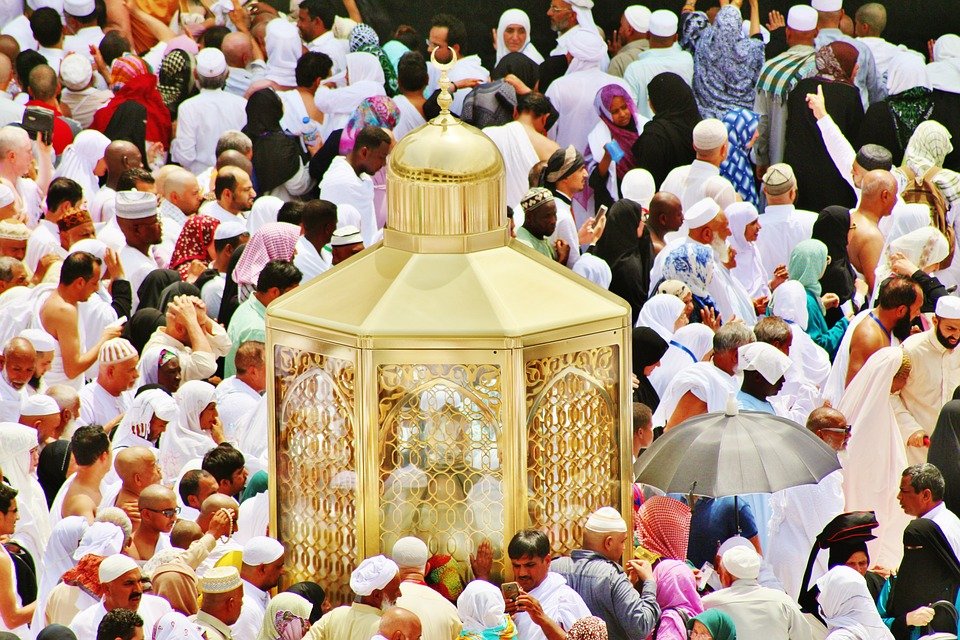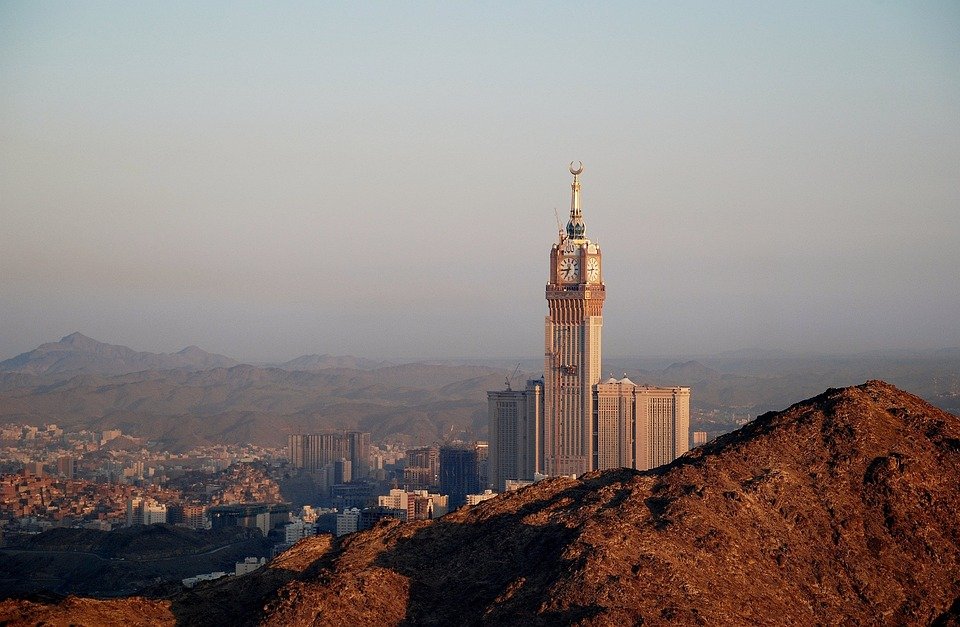You are here to read: What is the Difference Between Hajj and Hijra Explained – A Thoughtfully Written Guide Offering Spiritual Wisdom and Travel Advice for Every Pilgrim who is going on holy journey of Hajj or Umrah.
In this article, we explore “what is the difference between hajj and hijra,” providing a clear understanding of two significant concepts in Islam. Hajj refers to the pilgrimage to the holy city of Mecca, a mandatory act of worship for Muslims who have the means to undertake it at least once in their lifetime. On the other hand, Hijra signifies the migration of the Prophet Muhammad from Mecca to Medina, marking a pivotal moment in Islamic history. By reading this article, you’ll find a proper guide to help clarify these important aspects of Islamic teachings.
Understanding “what is the difference between hajj and hijra” is crucial for anyone seeking to deepen their knowledge of Islam. I believe that recognizing their significance helps us appreciate the faith’s values and teachings more profoundly. We have over nine years of experience in the field of Umrah and travel to Makkah and Madinah since 2016, so trust us to provide accurate and insightful information on this topic. In my opinion, grasping these concepts enhances our spiritual lives and fosters a stronger connection to the Islamic community.
Understanding Hajj and Hijra
Hajj and Hijra both hold immense significance in the Islamic faith, but they represent very different concepts. Hajj, the pilgrimage to the holy city of Makkah, is an essential act of worship that Muslims perform once in their lifetime if they are capable. This pilgrimage occurs during the Islamic month of Dhul-Hijjah. Many believe that participating in Hajj brings them closer to Allah and is a profound spiritual experience. The rituals of Hajj are steeped in history, symbolizing the trials of the Prophet Ibrahim (Abraham) and his family.
On the other hand, Hijra refers to the migration of the Prophet Muhammad and his followers from Makkah to Madinah in the year 622 CE. This event not only marks the beginning of the Islamic calendar but also signifies the establishment of a Muslim community away from the oppression they faced. Hijra shows us the importance of seeking freedom and a supportive environment for practicing one’s faith. Both Hajj and Hijra are pivotal to Islamic teachings, teaching us valuable lessons about faith, resilience, and community.
The Purpose of Hajj
The primary purpose of Hajj is to fulfill one of the Five Pillars of Islam, which are the foundational acts every Muslim should practice. Attending Hajj allows Muslims to showcase their devotion and submission to Allah. Each year millions gather in Makkah, dressed in simple garments known as Ihram, to embody equality and unity in the eyes of God. This act emphasizes the gathering of Muslims from diverse backgrounds, all united in one spiritual purpose.
Moreover, participating in Hajj provides a unique opportunity for personal reflection. Many Muslims return from Hajj feeling spiritually rejuvenated and transformed. They take home newfound lessons about compassion, kindness, and the importance of helping others. Experiencing the grandeur of the Kaaba and the rituals surrounding it inspires many to lead better lives centered on faith and community involvement.
The Significance of Hijra
Hijra plays a crucial role in Islamic history and is often seen as a turning point for the early Muslim community. The migration represents not just a physical movement but also a quest for a safe haven where the teachings of Islam could flourish. The followers who migrated from Makkah were met with warmth and support in Madinah, allowing their faith to thrive in a nurturing environment. This migration highlights the value of community and support for those who share similar beliefs.
You're at the middle of this awesome post at AirlinkHajjandUmrah.com through: What is the Difference Between Hajj and Hijra Explained. Keep reading, it gets better!
The experience of Hijra also teaches us about sacrifice. The early Muslims left behind their homes, families, and comfort in hopes of securing a better future. This act of courage reminds us of the importance of standing up for our beliefs, even when faced with adversity. Hijra shows us that sometimes change is necessary for growth, both personally and within our communities.
The Rituals of Hajj
Hajj consists of various rituals that each pilgrim must perform, each packed with meaning and historical context. The journey begins with the Tawaf, where pilgrims circle the Kaaba seven times. This act symbolizes unity among worshippers and illustrates the centrality of Allah in their lives. Following this, there are other significant rituals, such as the Sa’i, where individuals walk between the hills of Safa and Marwah, honoring the search for water by Hagar, the wife of Ibrahim.
Another pivotal aspect of Hajj is standing at Arafat, a significant moment of reflection and prayer. Pilgrims gather on the plain of Arafat, seeking forgiveness and expressing gratitude. This day represents spiritual cleansing and renewal, and many consider it the peak of their Hajj experience. Each ritual invites pilgrims to connect deeply with their faith, culture, and fellow Muslims from around the globe.
The Events of Hijra
The events of Hijra are rich with lessons about leadership and faith. Upon arriving in Madinah, the Prophet Muhammad established a community based on mutual respect and cooperation among the different tribes. He created a constitution that ensured the rights and responsibilities of all citizens, whether Muslim or not. This approach laid the foundation for a harmonious society where differences were celebrated.
Furthermore, the Hijra shows us the significance of building alliances and friendships. The support that the early Muslims found in Madinah reminds us that having a supportive community can make a world of difference. This bond fostered strength and resilience within the Muslim community, enabling them to thrive and spread their message peacefully. The lessons from Hijra are timeless, emphasizing the importance of unity and collaboration in achieving shared goals.
Comparing Hajj and Hijra
While Hajj and Hijra are distinct, they do share some similarities. Both represent essential pillars of Islamic faith and culture, emphasizing devotion to Allah. Hajj exemplifies individual worship and devotion, while Hijra highlights communal strength and support. This balance illustrates different aspects of faith, showing how personal spirituality can intertwine with communal goals.
In both instances, sacrifice plays a vital role. Pilgrims who embark on Hajj may experience challenges, but they are often minor compared to the historic sacrifices made during Hijra. Understanding this comparison can deepen our appreciation for both concepts, as each teaches valuable lessons about faith, resilience, and the power of community. Ultimately, both Hajj and Hijra remind us of our spiritual journey, whether as individuals or as part of a larger community.
Final Thoughts on Hajj and Hijra
In conclusion, understanding the difference between Hajj and Hijra enriches our appreciation for the Islamic faith. Both are pivotal in shaping Muslim identity, spirituality, and community life. Hajj serves as a personal pilgrimage that fosters commitment to Allah, while Hijra symbolizes the importance of community and unity in the face of adversity. Each teaches us something vital about the journey of faith.
As we reflect on these concepts, it becomes clear that they offer us opportunities for introspection and growth. Whether we are carrying out the rituals of Hajj or learning from the sacrifices of Hijra, both serve to inspire us. They remind us of our place in the world and our responsibilities to ourselves and others. By embracing these lessons, we pave a path that encourages understanding, compassion, and community bond.
That wraps up What is the Difference Between Hajj and Hijra Explained. Thanks for sticking with us till here! Share this: What is the Difference Between Hajj and Hijra Explained with your friends.
Check our homepage at Air Link Hajj & Umrah for more awesome updates.
Some interesting posts are: 1: Umrah Mubarak, 2: When is Umrah closed 2026?, 3: When does Umrah start after Hajj 2026?
Mushu, an experienced Saudi Arabia traveler and writer, shares insightful tips and spiritual reflections to enhance Hajj and Umrah journeys for fellow pilgrims. He has been to Makkah and Madina from 2016 to 2023 many times and his posts will reflect this.







